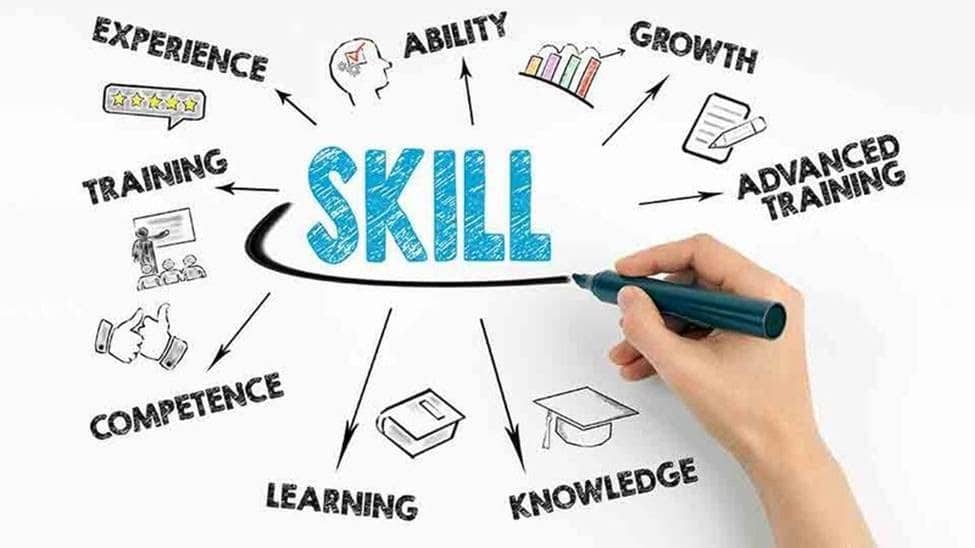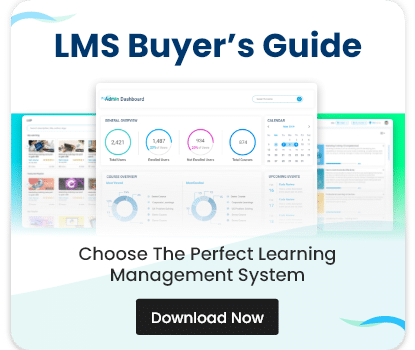Continuous learning is the process of constantly learning and updating new and existing skills and knowledge. Continuous learning entails developing new skills and knowledge in the workplace while reinforcing what has already been discovered. Continuous learning can be done over a set period, or it can be done for the rest of one’s life. Taking a formal course, asking for help with an unfamiliar topic, or experimenting with new and alternative work methods are all examples of activities.
Examples of Continuous Learning
Formal Learning
Formal learning is participating in a series of activities that have been pre-planned, pre-determined, organized, and implemented to achieve a specific learning goal or purpose. University or college courses, training programs, mobile learning courses, MOOCs, and other online learning initiatives are examples.
Social Learning
The ways a learner interacts discusses, collaborates, and learns from others to increase knowledge or learn new skills are referred to as social learning. Discussion and collaboration on social media, finding blogs or other resources to gain deeper insight, working with other coworkers, coaching and mentoring on-the-job training are all examples.
Self-Learning
Self-directed learning is a method of increasing your knowledge and understanding of something without going through formal training or collaborating with others. For example, listening to relevant podcasts or watching instructional videos and conducting research and reading can help you gain a thorough understanding of a subject.
How do we establish a continuous learning environment in your organization?
To create an environment that encourages continuous learning among employees, commitment, resources, and coaching are needed. Unfortunately, most employees will not be able to pursue continuous learning on their own because of a lack of time or resources. Let’s look at the options for dealing with this situation.
-
Continuous learning starts with leaders
When employees see their manager or supervisor actively engaged in and supportive of learning and development initiatives, it fosters a culture of lifelong learning. Employees may find it challenging to take time away from their regular work tasks if they believe management will not approve. By acting as a role model, you can show employees that their work is essential and valued.
-
Make a learning strategy
Organizations must devise a strategy for their employees to engage in continuous learning. This entails determining the desired business outcomes and determining how to achieve them. A plan can include what resources or support individuals may require and what types of learning, such as mobile learning or mentoring, can be provided.
-
Allocate time and resources for ongoing learning
Time and resources are the most critical aspects of creating a learning environment. Employees must have access to these. Depending on the organization’s needs, department, or individual employees, this can take many forms.
Final thoughts
By embracing a culture of “investing in people,” companies have trained their existing employees rather than hiring new employees, which is often much more expensive in various ways.
Most businesses nowadays want to invest in retaining and developing their talent pool, ensuring that employees are well-trained and up-to-date to respond to the company’s ever-changing needs.
Because new skills are constantly added to their ‘arsenal,’ this also builds trust and keeps employees engaged and interested. Continuous learning is a way for a company to show its employees that they are worth investing in and saving money.


















